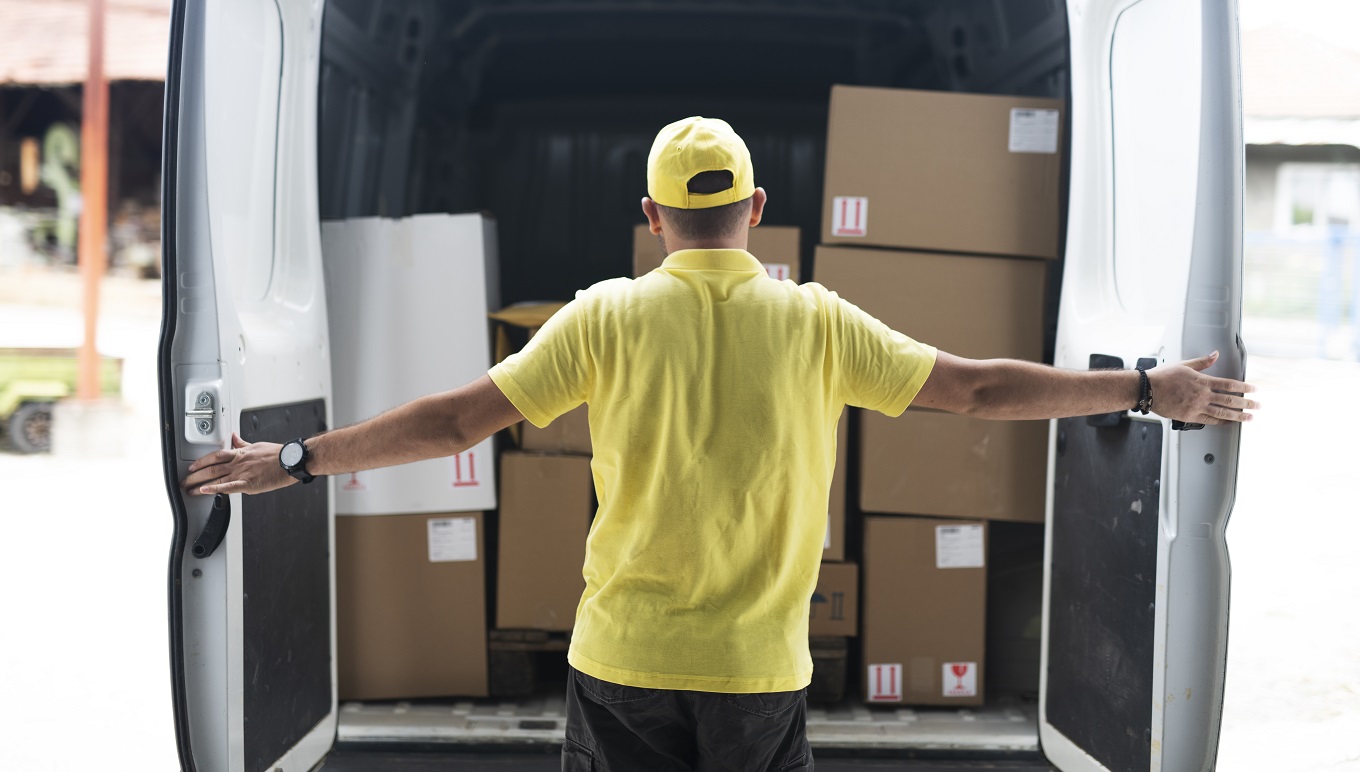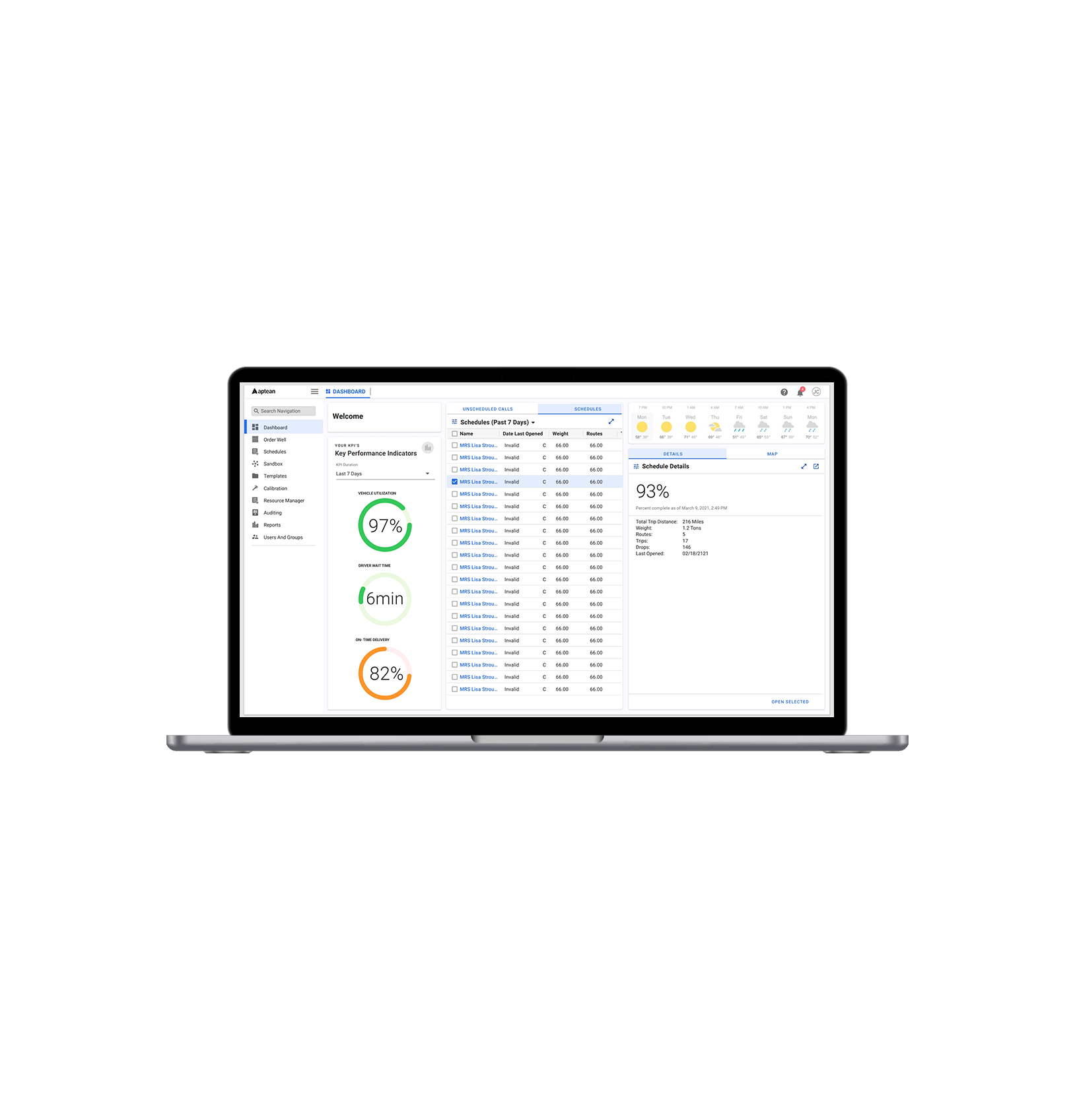Reverse Logistics: How to Turn Unwanted Goods Into Money
Reverse Logistics: How to Turn Unwanted Goods Into Money
Reverse Logistics: How to Turn Unwanted Goods Into Money
Ene 25, 2022
 Aptean Staff Writer
Aptean Staff Writer 
There’s a new trend in logistics on the rise—the circular economy. It’s a part of global effort to increase sustainability efforts and reduce waste. It’s a huge untapped market, and one that should grow exponentially in the next few years. In a recent study, the analysts at Gartner found that 70% of companies are planning to invest in the circular economy. For logistics providers, this means that taking unused or unwanted products back to retailers or manufacturers could be a lucrative and creative way to increase business.
Logistics companies that want to differentiate themselves from their competitors can offer reverse logistics or Return Shipping as a Service (RSaaS) as part of a new business strategy. The pandemic has caused a massive upswing in online sales, a trend that financial analysts say is likely to continue even after the pandemic has waned.
Some 30% of online products are returned, as opposed to only 9% at brick-and-mortar retail outlets. This is a huge opportunity for a savvy logistics company, and an intelligent way to reduce empty miles. After all, your truck must come back anyway—why not use that truck to pick up returns on the way, and make some extra money in the process?
In the below article, we’ll discuss what RSaaS is, and how your logistics company can implement a tailored reverse logistics service to optimize resources and make more money. If your company isn’t looking into reverse logistics, you could be missing out on a huge opportunity.
What Is RSaaS or Reverse Logistics?
It’s a simple concept. Reverse logistics is the reverse of normal supply chain management. Instead of moving goods from the sellers or manufacturers to the customer, reverse logistics takes a returned item from the customer and ships it back to the retailer or manufacturer. At that point, a retailer or manufacturer can choose to resell the item or dispose of it. The idea here is to reclaim value from the product when possible and dispose of it otherwise.
It starts at the end consumer and goes backward through the supply chain to the distributor or from the distributor to the manufacturer. For logistics companies, this trend is important. Returns are worth over a trillion dollars per year, a number that will keep increasing as consumers shift the way that they shop from brick-and-mortar to online retailers.
Implementing and optimizing your reverse logistics can increase your bottom line, improve efficiency and retain customers. Here’s how to get started, and how Aptean’s Routing & Scheduling Software can help you every step of the way. The process is about integrating the pickup process into your supply chain.
The Reverse Logistics Process
The process of reverse logistics is taking goods back to retailers or suppliers. As a service, this means that your logistics team would pick up unwanted items and then either warehouse them as you wait for final instructions or take them directly to a returns center. Right now, there are very few logistics companies that offer this type of service, so now is a prime opportunity to get ahead of the competition.
Depending on your region and the type of industry in which you specialize, this could take the form of picking up empty beverage containers, like kegs, and getting them to the cleaning facilities for reuse. It could involve salvaging construction materials and delivering them to another site where they can be used. For most companies, delving into RSaaS comprises picking up home delivery returns, consolidating them at a warehouse, and then repacking them to outbound locations for resale or recycling.
The theory of reverse logistics and its role in sustainability and the circular economy is fairly new. Most analysts delineate reverse logistics in five terms, called the “5 Rs”. They are returns, recalls, recycling, repackaging and repair. There are opportunities for your logistics company in each of these aspects. You know your region better than anyone, so it’s up to you to tap into the area that will get you the best ROI.
How to Implement an RSaaS Model
Offering any new product or new service is always stressful. And if you want to start a reverse logistics service, it would be nearly impossible to do with manual route planning processes. Why not use the best technology out there to break into the RSaaS market?
Robust routing and scheduling optimization software makes it simple. Here’s how.
1. Analyze the Market. Advanced route planning software has business modeling functionality that allows you to analyze hypothetical scenarios before making any changes. The software gives you the precise cost and service implications of adding pickups to your routes or bringing items to a retail distribution center. If it isn’t feasible or cost-effective, the software will let you know.
2. Improve Supply Chain Management. Routing optimization software enables dispatchers and fleet managers to prioritize important pickups and drop-offs. You can create a hybrid routing scenario in which you combine outbound routes with inbound ones. In this manner, you optimize and combine deliveries and returns for efficiency, which balances driver workloads. As a result, your supply chain becomes more efficient—whichever direction it goes.
3. Make the Best Use of Available Space. The best routing software factors in the size and weight of items being picked up and dropped off. Using advanced algorithms, it can then optimize your resources based on any parameters you set. The software coordinates truck capacity and driver preferences based on the individual vehicles in your fleet. This reduces the number of trips and cuts down on fuel costs, all while increasing the number of stops each driver can make.
4. Intelligent Planning. Because you can plan for an entire region, you achieve maximum efficiency in your integrated fleet routing, whether it’s for reverse logistics to multiple depots or forward logistics to a single warehouse. What’s more, you drive efficiencies and gain new customers—while retaining your current ones. Your service level will skyrocket because you now have greater flexibility. Try pushing back order cut-off times or dedicating certain days of the week to product returns.
Reverse logistics is a sustainable business opportunity that could increase your revenue and provide better customer service. Sounds like a no-brainer. You can take full advantage of this trend by either offering return shipping as part of your services or specializing in reverse logistics altogether. The best part? Aptean’s route optimization software can help you manage it in the most efficient way possible. In addition, you can combine your delivery and pickup routing quickly and create an efficient workload for your drivers.
Want to break into the RSaaS market? Want to know more about driving efficiency for your logistics business? Find out how, now.
¿Cansado de los retrasos en las entregas y del aumento de los costes?
Nuestro sistema de gestión del transporte está diseñado para hacer frente a las realidades de empresas como la suya, para que pueda moverse más rápido, planificar de forma más inteligente y dejar de apagar incendios.



